Situated in the southern end of Salt Lake City, the Saga Outerwear headquarters oozes fun. Cleverly disguised doors separate the clean front-of-the-house retail area from the brand’s collaborative utopia in the back, which includes an open-style office area, large conference room, warehouse space, bunk beds as well as a custom-built skate ramp.
The office decor reflects Saga’s “keep it light, keep it fresh” attitude. That mentality, in conjunction with the brand’s commitment to being accessible to and interactive with consumers; its driven, content-producing athletes; and forward-thinking design approach, has the company rising up the outerwear ranks and challenging other well established brands.
The company’s climb up the ladder began in the early to mid 2000s. Saga was born from a school project while Andrew Mallett and Austin Stevens were attending the University of Montana; they were dissatisfied with the fit, sizing and styles of ski outerwear.
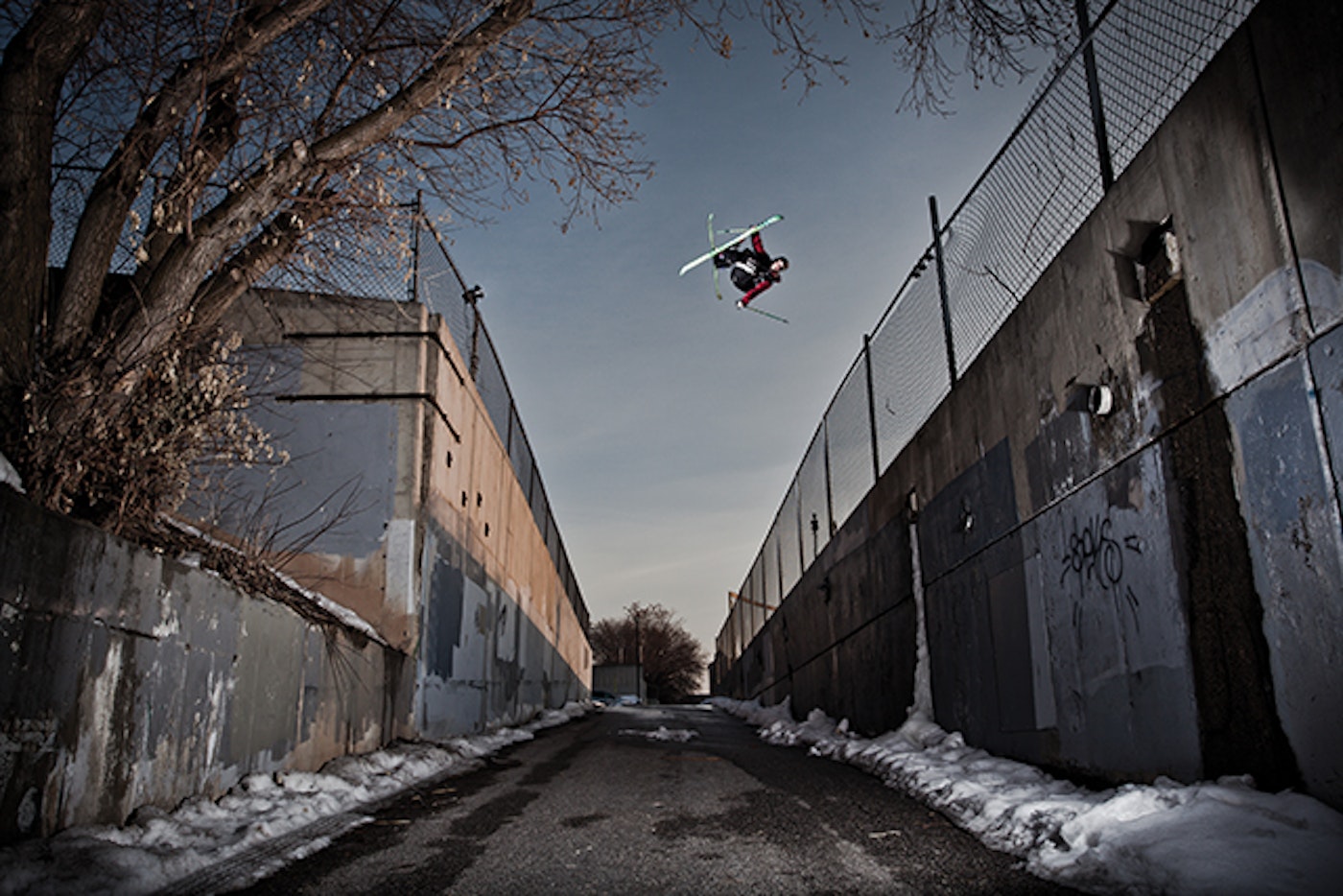
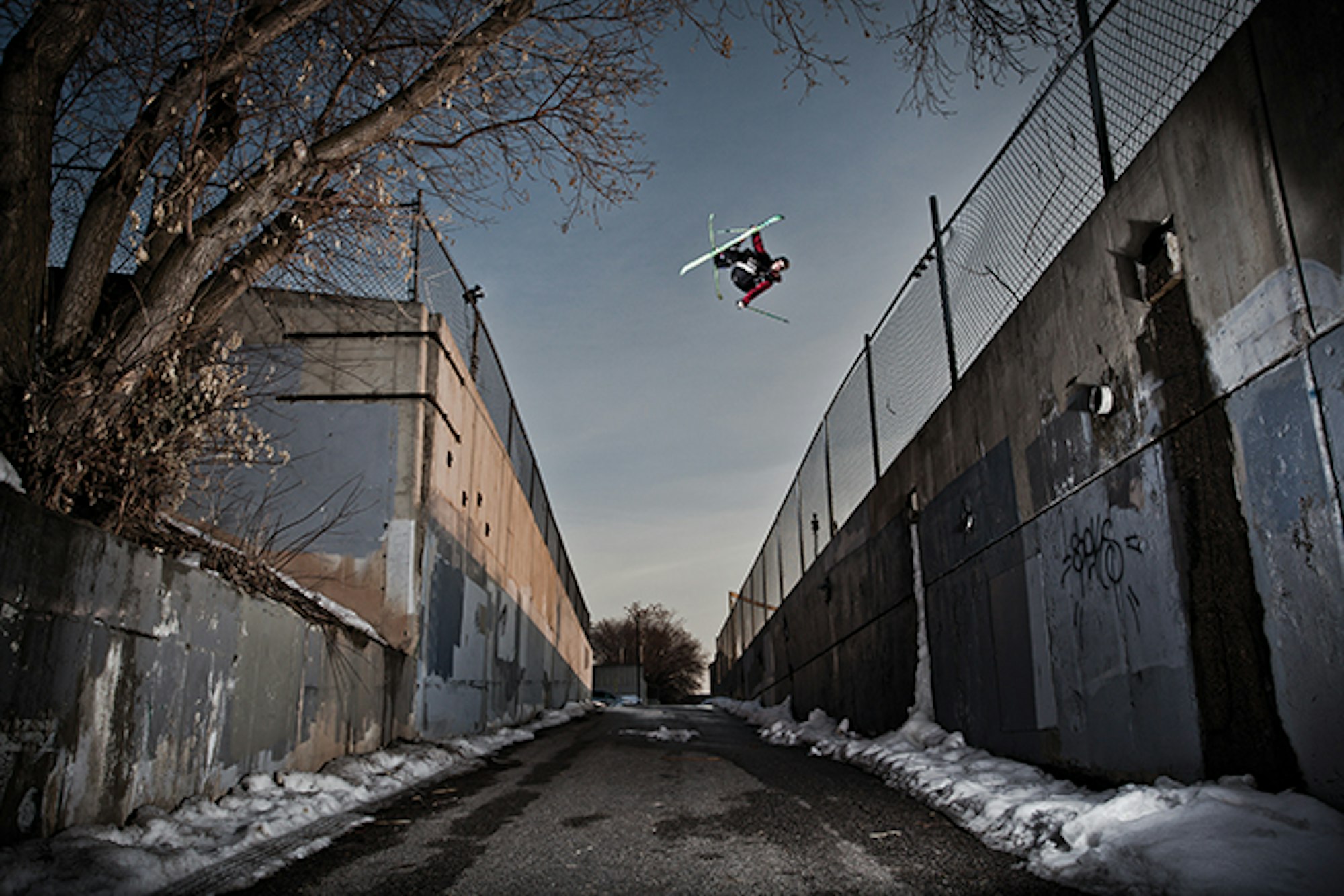
Right off the bat, the look and feel of Saga’s design appealed to young pro skier Tim Durtschi, whom Stevens met at Mount Hood in the summertime. Durtschi’s interest led to a realization that the duo was on to something, and Mallett and Stevens secured a bank loan and developed the brand’s original base patterns and prototypes. From there, they put the product up for sale on newschoolers.com, selling out in two weeks.
Saga remained a two-man operation until 2007 when it brought on Jordan Harper, a University of Montana graphic design student, to spearhead the creative side of the brand, focusing on online content creation through photos, videos and the Saga blog. With Harper on board, the brand acquired athletes Durtschi and Wiley Miller as brand ambassadors, who remain company stakeholders to this day. Both were eager to produce content that displayed their unique approaches to skiing.
With top-tier athletes now supplementing the efforts of the staff, the Saga crew moved out of the basement apartments they had called home in Montana. In 2009, the brand relocated to Salt Lake City. The entire team was assembled in one place, ready to “be impactful and disruptive in the industry,” according to Mallett. By tailoring fits around its athletes, producing color combos and prints that stood out, controlling manufacturing by working direct with its overseas production and selling straight to consumers, Saga was setting itself apart.
The creative juices that flow through Saga’s veins are the result of a heavily collaborative design process. “Anybody’s idea could go to the top. That’s what’s most disruptive, everyone in the office has the potential to step up,” explains Mallett. This inclusive attitude yielded Saga’s mascot, Angus the Cheeseburger, which certainly lives up to the brand’s fun-spirited attitude.
“[Angus has] set the pace for our overall brand identity,” says Harper. “People want to overthink the idea, but it’s just a fun way to say, ‘You can have 100 percent fresh wear.’” The logo is disruptive in that it has nothing to do with skiing and is an encouragement to not take things too seriously.
The take-it-lightly approach appeals to the brand’s youthful, online consumer base, which relates well to the Saga athletes’ film projects. Saga puts creative control into the hands of its ever-growing athlete roster because, as Wiley Miller puts it, “Saga sees the value in unique perspectives from its athletes. They really value their youth-oriented customers and feel they will identify more with the brand when the athletes are putting out relatable media.”
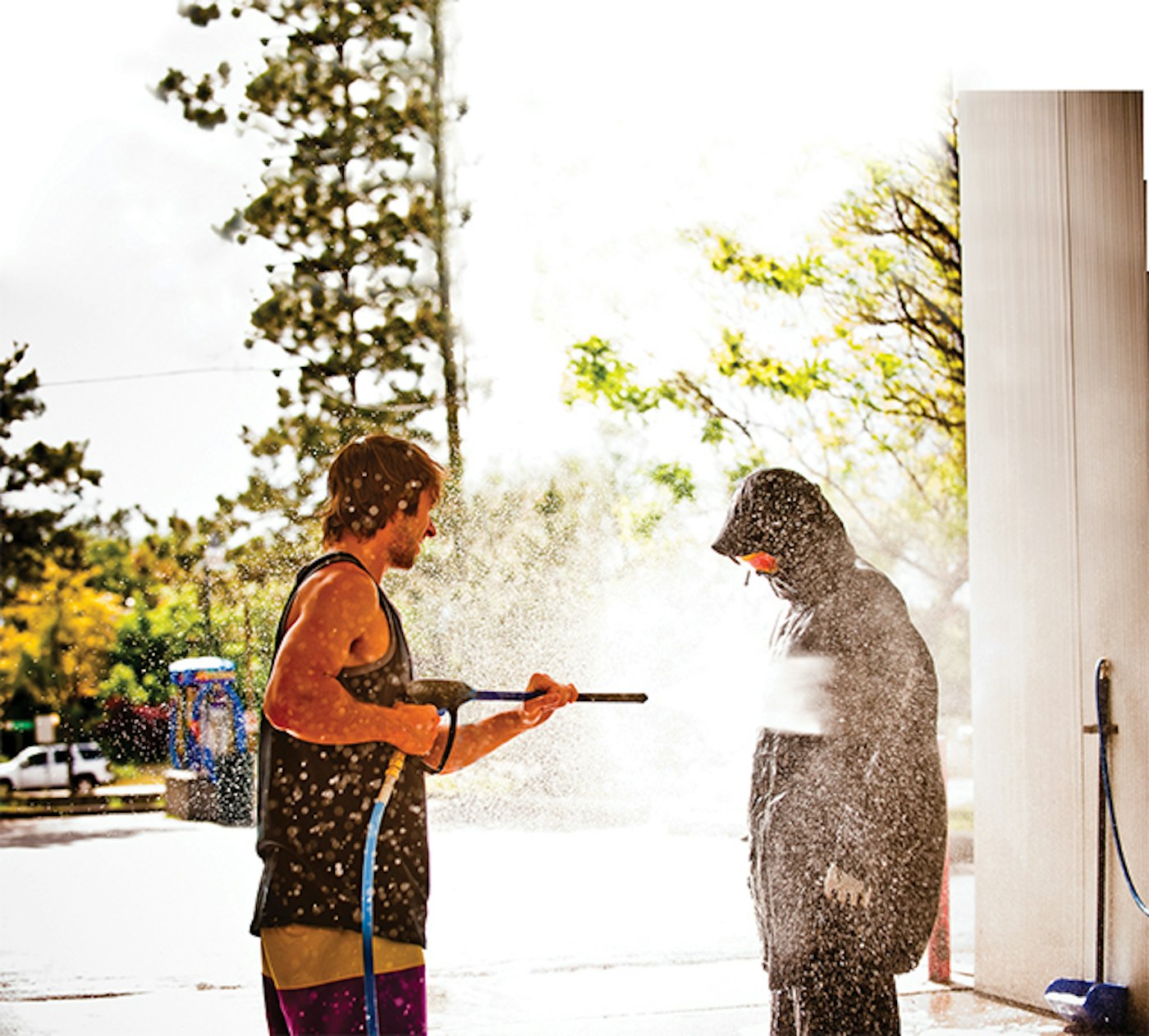
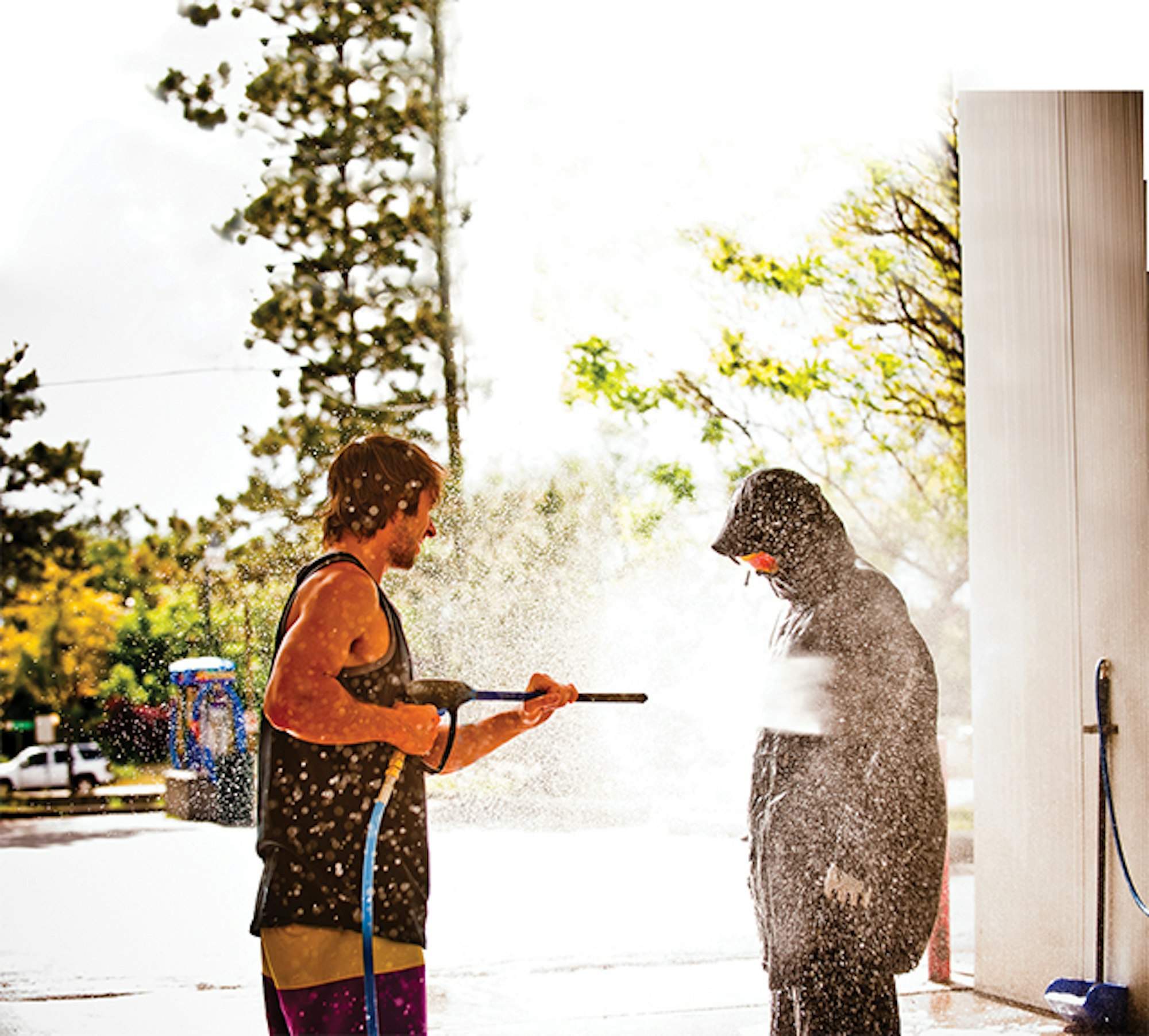
Case in point: Steve Stepp’s successful ski industry mockumentary, They See Me Trollin’, which consistently garners over 20,000 views per episode. “We talked about it, and I came up with the idea to do these edits poking fun at some aspect of skiing or the industry,” says Stepp. “I usually make my video and don’t show Saga any cuts. I give it to them and say, ‘Post it.’ It ends up working out every time.”
The rest of the team, including Durtschi, Miller, LJ Strenio, John Kutcher, Tim McChesney and Nicky Keefer, are all heavily involved in film and web edits, too, all of which receive support from Saga. “We focus on people who film. We don’t have a hand in the production but can support it,” says Stevens. “We’ve had one-to-two minute webisodes come out. We’re sponsoring movies and helping people out with individual projects.”
Involving its consumers, as it does its athletes, has also helped Saga develop a loyal following. The brand has its own Snapchat account and frequently sends sneak peeks of new products to followers; the Instagram hashtag #sagafam features a constant stream of skiing photos from both Saga’s customers and athletes; and each individual Saga order comes with a collection of stickers and other swag, giving customers the ability to fly the Saga flag loud and proud.
This commitment to consumer interaction led to the development of Saga’s Fast Food App. The mobile app connects users to the brand on a variety of levels. The Mix ’n’ Match feature lets fans put their own dream Saga kit together, while a dedicated video feed enables users to consume the deep pool of content released by Saga. The Stockists function ties into the brand’s newly expanded retail network, enabling customers to find Saga Outerwear in their local shops and supporting the brick-and-mortar operations in the process.
All of this has established Saga as an innovator in the outerwear market, and Mallett sees the brand continuing to be a trendsetter. “We’re not trying to emulate something. When we started, our designs strayed from the norm, and we built our fit around [Austin’s tall figure] because the fit in the industry sucked,” he explains. “At the same time, we have a unique team of personalities that can come into the kitchen, and we can build and design around them, and we know that next year, our shit will be fire.”
Innovative interaction techniques meshed with an open-minded, collaborative approach to product design helps Saga speak to all different aspects of skiing from the streets to the park to the backcountry. Led by a forward-thinking bunch, this brand will undoubtedly stay fresh for years to come.
Related: Keefer, Kutcher, Stepp and company take Windells by storm in recap edit from Saga Week 2014
Note: This article appears in FREESKIER magazine Volume 17.2. The issue is now available via iTunes Newsstand. Subscribe to FREESKIER magazine.

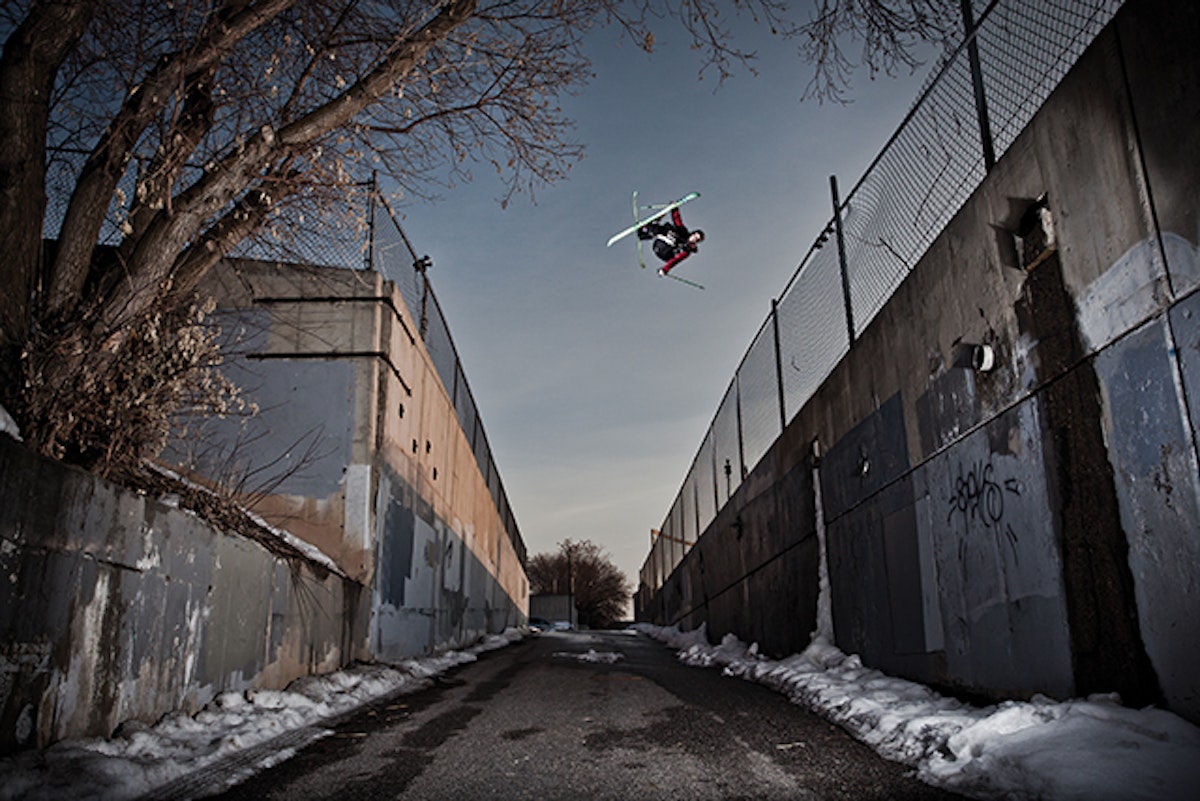


![[GIVEAWAY] Win a Head-to-Toe Ski Setup from IFSA](https://www.datocms-assets.com/163516/1765920344-ifsa.jpg?w=200&h=200&fit=crop)
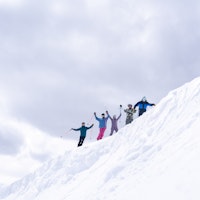
![[GIVEAWAY] Win a Legendary Ski Trip with Icelantic's Road to the Rocks](https://www.datocms-assets.com/163516/1765233064-r2r26_freeskier_leaderboard1.jpg?auto=format&w=400&h=300&fit=crop&crop=faces,entropy)
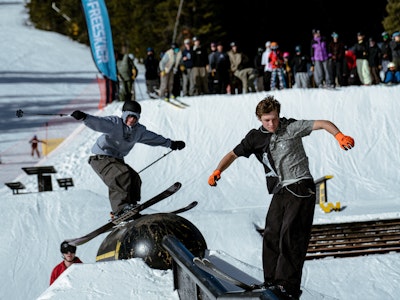




![[GIVEAWAY] Win a Head-to-Toe Ski Setup from IFSA](https://www.datocms-assets.com/163516/1765920344-ifsa.jpg?auto=format&w=400&h=300&fit=crop&crop=faces,entropy)
